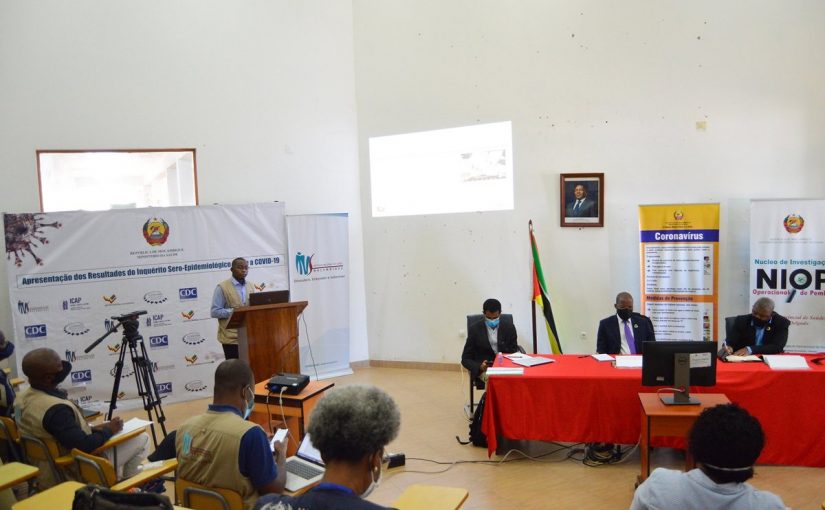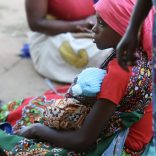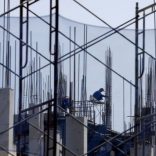Mozambique to receive US$69m support from Gavi and US$41.7m from the Global Fund
Mozambique: 2.5 per cent of Pemba population has coronavirus antibodies

Photo: Twitter / @IMocambique
- The general prevalence of the coronavirus in Nampula city was found to be about five per cent. The prevalence in Pemba is only half that.
About one in every 40 people (or 2.5 per cent) in the northern Mozambican city of Pemba has been exposed to the coronavirus that causes the Covid-19 respiratory disease, according to the epidemiological survey undertaken in the city earlier this month.
Announcing the results in Pemba on Monday, the General Director of the National Health Institute (INS), Ilesh Jani, said the survey covered 4,070 individuals aged between 14 and 60. The survey concentrated particularly on markets and public institutions where workers are believed to be at high risk of exposure to the coronavirus.
The survey depends on a rapid blood test which does not detect the coronavirus directly, but detects antibodies showing that the person in question has been in contact with the virus. Such a test does not show whether someone is currently infected, but reveals how far the virus has spread over time.
The purpose of the survey, according to the INS website, was to show which parts of the city had the highest concentration of the virus, and which professional groups were most exposed, as well as detecting new foci of transmission.
Foram apresentados hoje (27/07), na Cidade de Pemba, os resultados do Inquérito Sero-epidemiológico da COVID-19, realizado com o objectivo de identificar os locais de maior circulação do vírus naquela urbe. Leia mais aqui 👇https://t.co/kauBCp52y0 pic.twitter.com/09VbHxQtFO
— Instituto Nacional de Saúde (INS) (@IMocambique) July 27, 2020
This is the second epidemiological survey. The first was held in Nampula city in early June. The two cities were chosen because the Health Ministry regards them as the first places in Mozambique where Covid-19 made the transition from an epidemic with foci of transmission to an epidemic with community transmission.
The general prevalence of the coronavirus in Nampula city was found to be about five per cent. The prevalence in Pemba is only half that.
Jani said he found the relatively low infection rate in Pemba intriguing, but suspected it might be due to the fact that the population density in Pemba is much lower than in Nampula.
Jani pointed out that the prevalence of the virus in some groups is much higher than 2.5 per cent. The highest rate was found in the Pemba markets: 6.5 per cent of market traders had been in contact with the coronavirus. The prevalence was 5.5 per cent among the health professionals tested.
Those who have fled to Pemba because they were displaced from their homes by islamist terrorists are also a high risk group, with a coronavirus prevalence of 6.1 per cent.
Geographically, the worst hit part of Pemba is the neighbourhood of Ingonae, with a prevalence of 7.3 per cent, followed by Carioucou (5.6 per cent), and Paquitequete (four per cent).
Jani’s deputy, Eduardo Samo Gudo, said the high level of infection in the markets suggests the urgency of reorganising the markets so that they can comply with measures such as social distancing to reduce the risk of proliferation of the coronavirus.












Leave a Reply
Be the First to Comment!
You must be logged in to post a comment.
You must be logged in to post a comment.